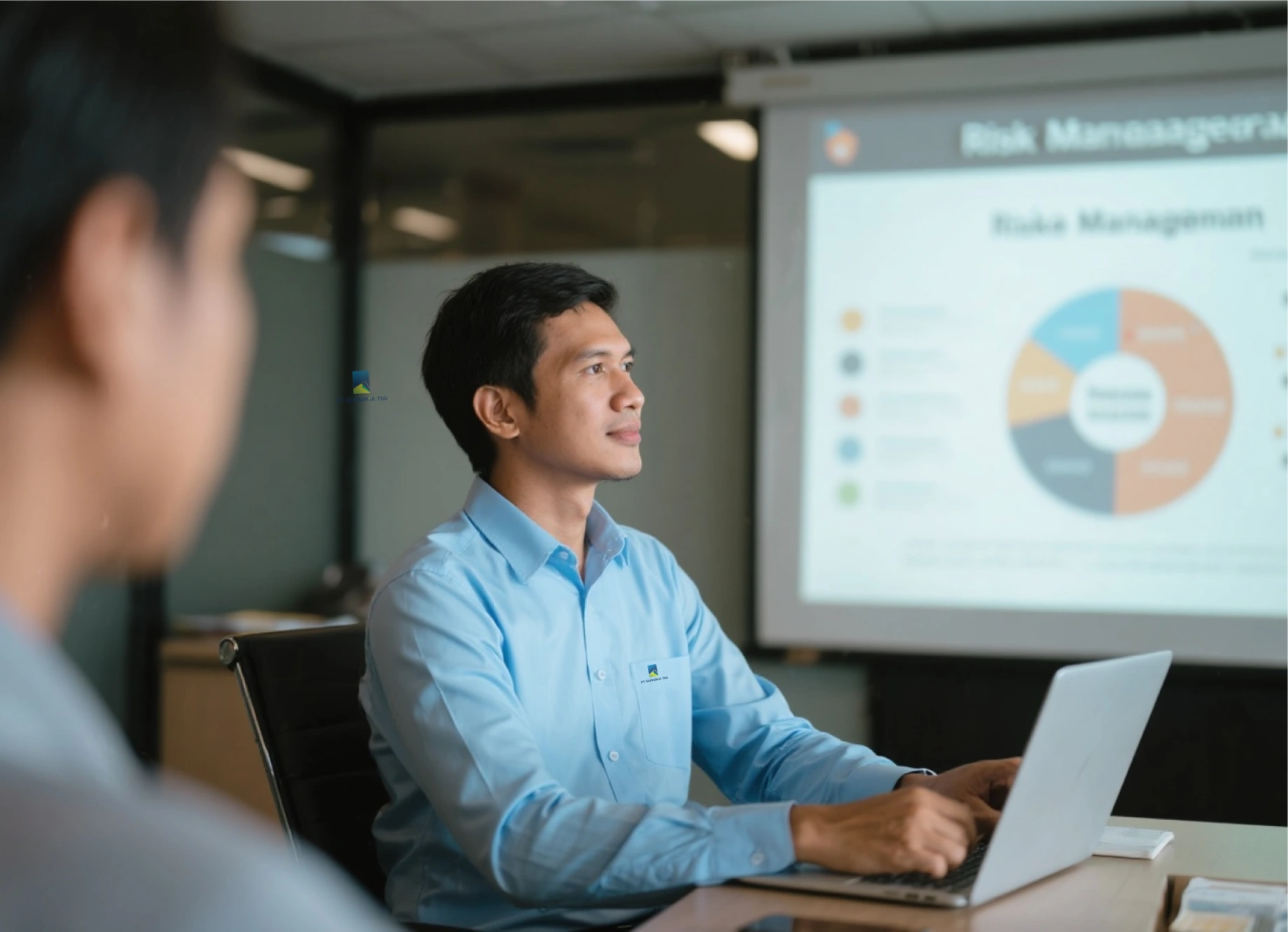RISK MANAGEMENT
Risk Management
In conducting business activities, the Company exposed several business risks such as competition, availability of raw materials and financial liquidity which is able to be controlled by the Company and a number of risks that can not be controlled by the Company such as force majeure, foreign exchange rate against Rupiah, government policies such as monetary policy as well as non-monetary policy and condition of domestic and global economy
Even though the Covid-19 pandemic in 2020 has brought Indonesia to the brink of an economic recession, risk management for business risks that can be controlled by the Company still shows its effectiveness, whereas in 2020 the Company had no difficulty in obtaining raw materials, had no liquidity problems and was able to open new markets to replace markets that have collapsed due to the decreasing in purchasing power. Therefore, the Company succeeded to prevent a drastic decreasing in net sales due to the economic recession, succeeded to increase comprehensive income for the year and also financed its capital expenditure by using its internal cash flow

BUSINESS RISK
Based on this installed capacity of paper industry, the Company only represented 1.4%. However, by relying on the flexibility of the Company’s paper machines and positioning as niche player, in 2020, the Company managed to hold back the fast decreasing in net sales and its production realization therefore it reached its utilization rate to 79%.
On the other hand, during 2020, the supply of imported recycled paper, that supported about 50% of the raw material needs of paper mills, experienced a significant decreasing due to the Covid-19 pandemic that took place globally and the strict government regulations regarding imported waste paper. Likewise, the supply of imported pulp has decreased due to the strict quarantine regulations that were implemented during the pandemic.
Supported by the waste paper recovery rate in Indonesia that exceeded 70% and fully operated three De-inking Pulp machines, the Company continuously develops the portion of waste paper consumption on constant increasing in order to minimize the risk of raw materials shortage, especially pulp material.
The depreciation of Rupiah currency, high interest rates and stagnation in the banking intermediation function may lead to the risk of lack of liquidity for the Company, mainly to cover financing needed in relation with the additional working capital to support the increasing in production from investment of new paper machine. Hence, with the supports from reference bank with more than 30 years partnership and performing tight cash management, the Company has ability to perform self-financing for the needs of its working capital, and furthermore in year 2020 the Company was able to finance its capital expenditure by using internal cash flows approximately of Rp 297.9 billion.
